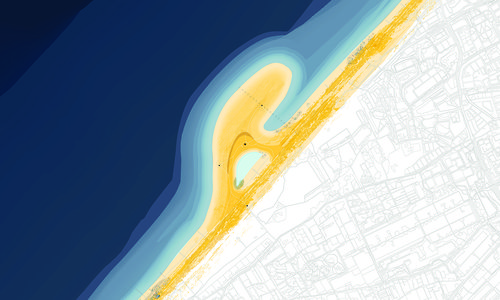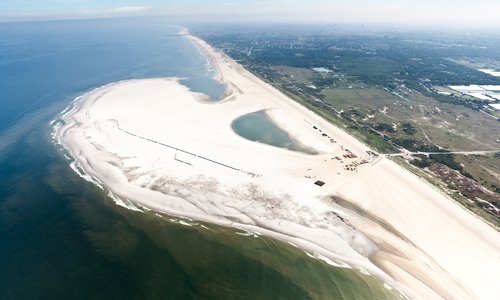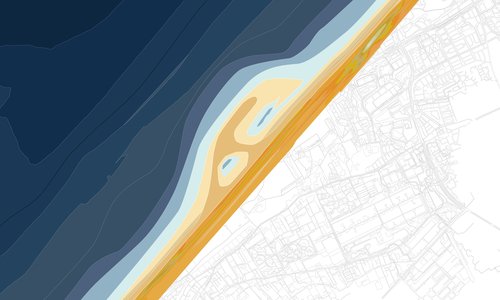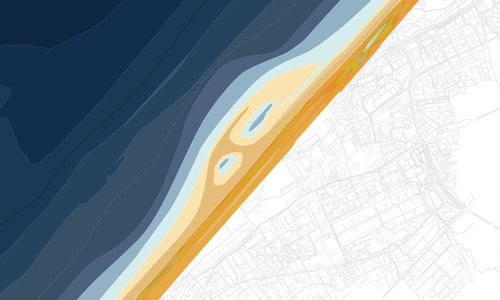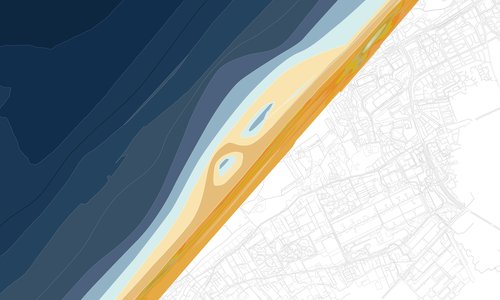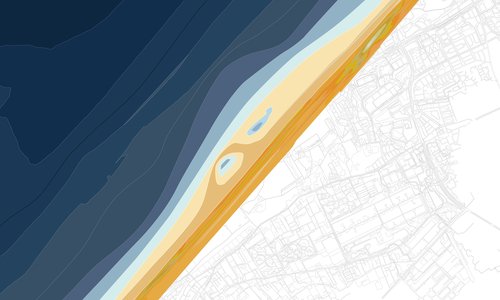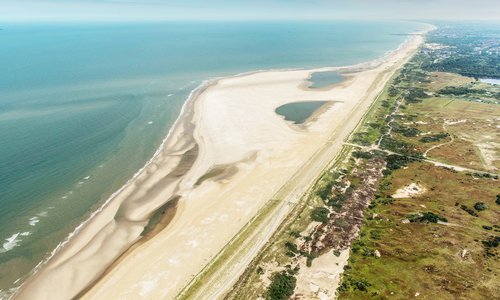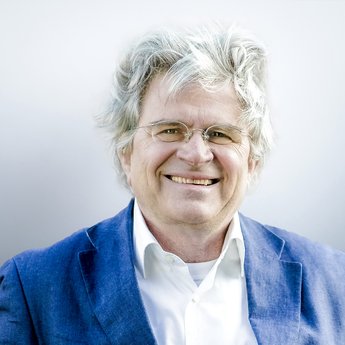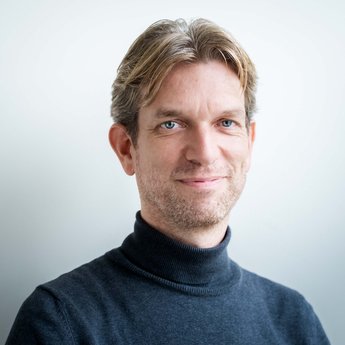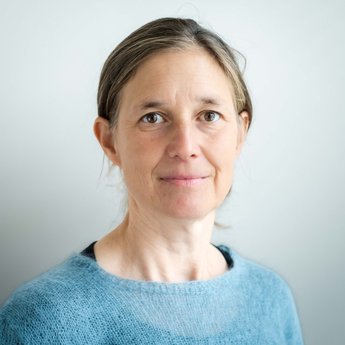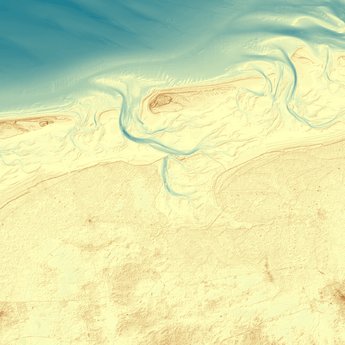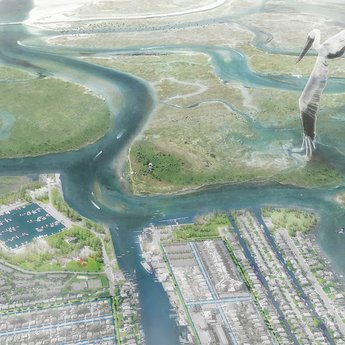As one of the authors of 'Klein Kustboek' (2006), H+N+S Landschapsarchitecten was involved in the development of the 'Sand Motor' concept from the start. Through this booklet, the advisory board of the Dutch coast wanted to highlight the importance of having an integrated approach to coastal development. Dirk Sijmons and Marcel Stive (TU Delft) together came up with the idea of introducing a very large amount of sand into the coastal system at once, instead of the regular sand suppletion maintenance of 4 to 5 additions annually. The essence of the advice was that sand and natural (erosional) processes should be used innovatively to increase safety, recreation and nature along the coast of South Holland. This concept is reflected in the Sand Motor, built between Hook of Holland and Kijkduin in 2011, partly thanks to the efforts of deputy Lenie Dwarshuis (chairman of the South Holland Coast Advisory Committee at that time).
Dynamics + Coastal defence
Dynamic coastal defence, coast of South Holland
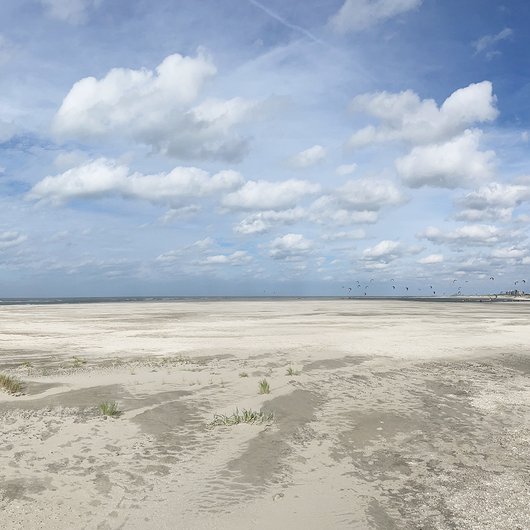
With the Sand Motor pilot project, a large quantity of sand was deposited near the Dutch coast. Wind, waves and sea currents gradually distribute the sand along the coastline between Hook of Holland and Scheveningen.
In collaboration with DHV and Deltares, H+N+S worked on an Environmental Impact Assessment in 2009 on the position and shape of the Sand Motor pilot project, which resulted in the hook-shaped peninsula. Simultaneously, the opportunities for recreation and nature were explored. At a later stage, a plan was developed in which the temporary character, variability and transience of the intervention became its core inspiration. In recent years, the lagoon has developed into the Dutch hotspot for kitesurfing. As a result of the coastal processes, the beach has become much wider and room has been created for drifting sand and dune formation. The extra sand ensures coastal safety, but also a unique recreational and nature reserve. The proposal for an accessible lookout tower as an attraction at the highest point of the Sand Motor was ultimately not realized. H+N+S designed the lookout tower, which like a rocket, seems to have landed and is ready to take off again. However, there is the Argusmast, as a beacon and orientation point from which all processes are monitored with cameras and measuring equipment.
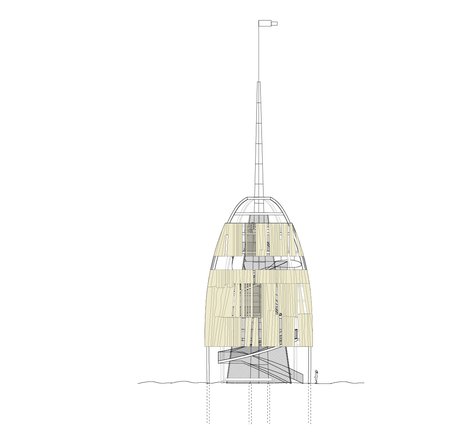
Over the years, the development of the Sand Motor has been intensively monitored. In general, natural processes have continued as expected. The sand eroded by the sea from the most protruding part of the Sand Motor has beendeposited just north of it, and the beach has become much wider. The Lagoon is moving and has initially grown larger, but nowadays the permanent connection to the sea has silted up with sand. The recreationist has found the Sand Motor and embraces it. It is, among other things, a popular place for beach walks and kite surfing. The project has also proven itself in terms of natural values. Various processes have been put into motion, such as natural dune formation through drifting sand.

